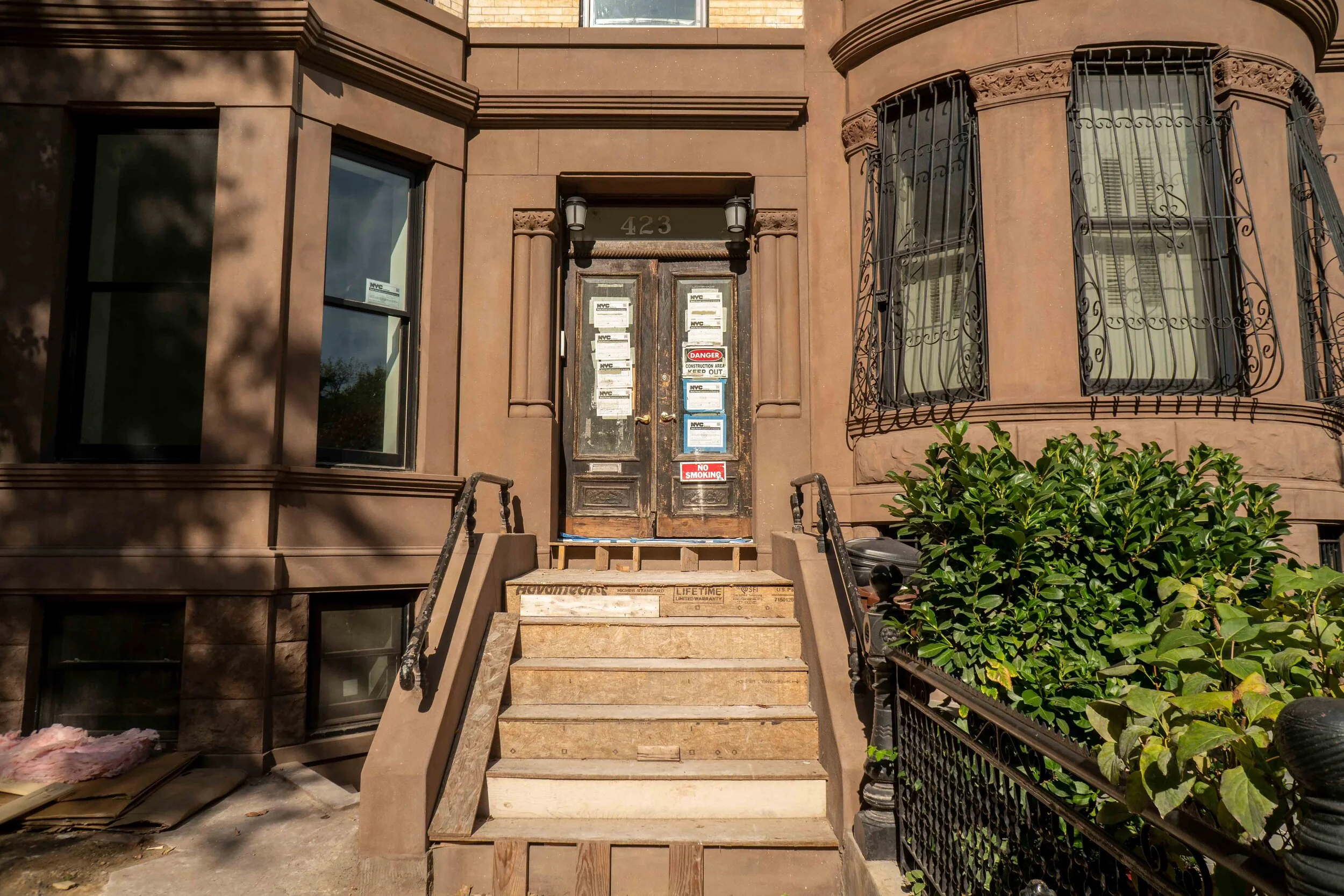The three types of permits issued by the Landmarks Preservation Commission
The city agency charged with protecting historically, culturally, and architecturally buildings in the city, the Landmarks Preservation Commission, must issue a permit for all construction work done on protected buildings. There are three basic permits the LPC issues:
1) Certificate of No Effect on Protected Features (CNE)
The CoA is issued when the proposed work is significant enough to warrant a DOB permit, but doesn’t actually affect any of the building’s protected features. A bathroom remodeling in a building with a protected outside façade décor, for instance, would only need a CNE.
2) Permit for Minor Work (PMW)
To ensure that landmarked buildings don’t alter their protected characteristic features, the LPC requires permits for all work affecting those features—including projects so minor that the DOB itself doesn’t require a permit, like replacing a door or window.
3) Certificate of Appropriateness (C of A)
The CoA is the next step up from a PMW—work that affects protected features and is significant enough to require a DOB permit as well. Qualifying work can range anywhere from altering stoops to entirely new construction on the building. This is a long and involved process that requires a public hearing in front of the LPC.

